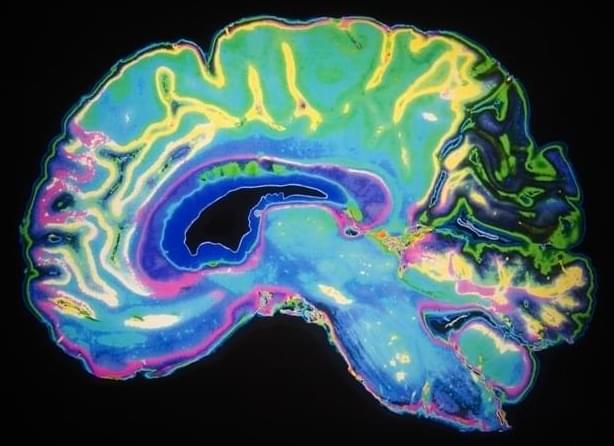Eye contact and body language are critical in social interaction, but exactly how the brain uses this information in order to inform behavior in real time is not well understood.
By combining behavioral and wireless eye tracking and neural monitoring, a team of Rice University scientists and collaborators studied how pairs of freely moving macaques interacting in a naturalistic setting use visual cues to guide complex, goal-oriented cooperative behavior. The study published in Nature offers first evidence that the part of the brain that processes visual information ⎯ the visual cortex ⎯ plays an active role in social behavior by providing an executive area ⎯ the prefrontal cortex ⎯ with the signals necessary to generate the decision to cooperate.
We are the first to use telemetric devices to record neural activity from multiple cortical populations in the visual and prefrontal cortex while animals explore their environment and interact with one another. When primates, including humans, interact, we make eye contact and use body language to indicate to conspecifics what we want to do.










Comments are closed.